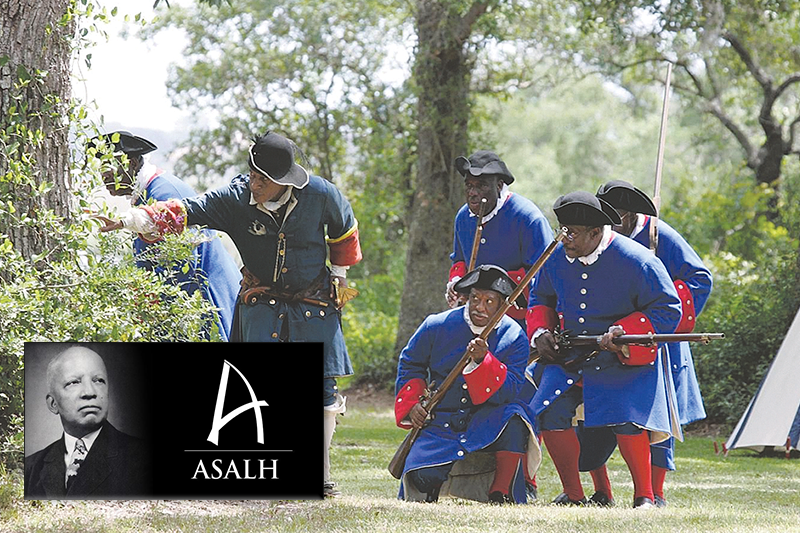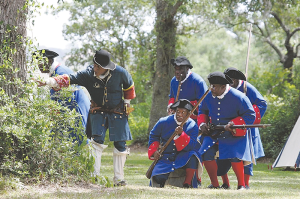Fort Mose: The first free black settlement in North America


 By the 1700s, blacks lived free in a town of their own. Established in 1738, Gracia Real de Santa Teresa de Mose, or Fort Mose, became the first free black settlement 38 years before the initial formation of what is now known as the United States of America.
By the 1700s, blacks lived free in a town of their own. Established in 1738, Gracia Real de Santa Teresa de Mose, or Fort Mose, became the first free black settlement 38 years before the initial formation of what is now known as the United States of America.